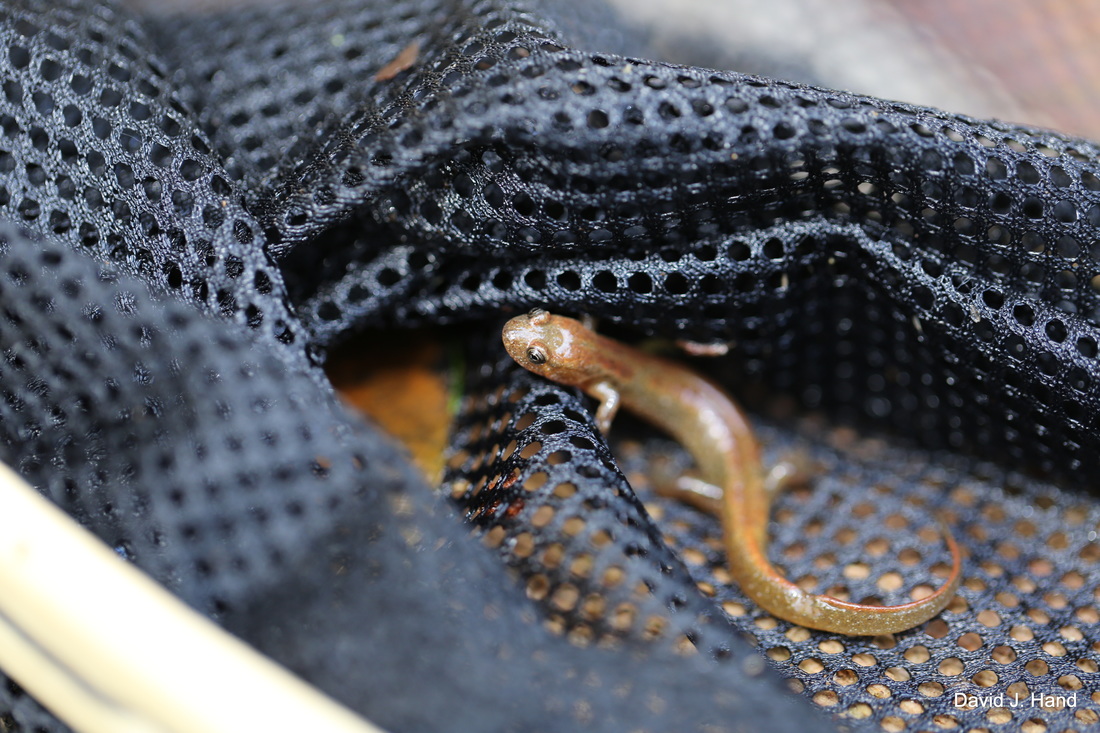

The species is commonly called the dusky salamander or northern dusky salamander to distinguish it from populations in the southern United States which form several distinct species, the southern dusky salamanders (D. 1-84.Ĭrother, Brian I., Jeff Boundy, Jonathan A. Desmognathus fuscus is a species of amphibian in the family Plethodontidae (lungless salamanders). The blunt snout The blunt snout and bulging eyes that characterize the head give the salamander a seal-like appearance. Moriarty, John J., ed., 2008: Scientific and Standard English Names of Amphibians and Reptiles of North America North of Mexico, With Comments Regarding Confidence in Our Understanding, Sixth Ed. An adult Desmognathus monticola from Macon County, North Carolina. Northern Dusky Salamander in English Northern Dusky Salamander in English Northern dusky salamander in English salamandre sombre du nord in French salamandre sombre du nord in French Dusky Salamander in English Bibliographic ReferencesĬrother, Brian I., Jeff Boundy, Frank T. Although seepage salamanders may hatch with tiny gills, these disappear within a few days.Name Synonyms Ambystoma frontale (Gray, 1831) Desmognathus fusca (Rafinesque, 1820) Desmognathus fuscus fuscus Desmognathus phoca (Matthes, 1855) Molge arenatus Duméril, Bibron & Duméril, 1854 Molge brunnea Duméril, Bibron & Duméril, 1854 Plethodon fuscum (Rafinesque, 1820) Salamandra frontalis Gray, 1831 Salamandra intermixta Green, 1825 Salamandra phoca Matthes, 1855 Salamandra picta Harlan, 1825 Spelerpes fuscus (Rafinesque, 1820) Triturus fuscus Rafinesque, 1820 Triturus nebulosus Rafinesque, 1820 Homonyms Desmognathus fuscus (Rafinesque, 1820) Desmognathus fuscus (Green, 1818) Common names Dusky Salamander in English Dusky Salamander in English Dusky Salamander in English Northern Dusky Salamander in English Northern Dusky Salamander in language.

Seepage salamanders lack an aquatic larval stage. The female will remain with the eggs until hatching. Reproduction: Seepage salamanders typically lay 11-14 eggs in moss or under cover objects near streams and seepages. Where present, this species is often locally abundant. 1 2 They range from Texas to the eastern United States and to south-eastern Canada. The seepage salamander has a patchy distribution in deciduous forests of southwestern North Carolina. Desmognathus is a genus of lungless salamanders in the family Plethodontidae known as dusky salamanders. They have a keeled (knife-like) tail that is less than half the body length. Seepage salamanders may also be present in moist areas under rocks, logs, and leaf litter in the vicinity of small streams. Desmognathus fuscus is a small but robust salamander with 14 costal grooves, and hind limbs that are larger than the front limbs.

In studio salamandra parvis nigris (Desmognathus) in montibus Appalachia, victu continentur vermibus, muscis vectibus pisant materiam, vermiculis, bruchus springtails, muscae, araneae, locustae, et minuta. This habitat map was created by applying a deductive habitat model to remotely-sensed data layers within the species' known range. Large species ut gigas salamandra Italica (Andrias japonicus) edere crabs, pisces, parva Mammalia, amphibiorum et aquatica animalia.

Habitat/Range: This species is named after the wet seepage areas in which it is commonly found. This dataset represents a species habitat distribution map for Ocoee Salamander (Desmognathus ocoee) within the conterminous United States (CONUS) based on 2001 ground conditions. As in most Desmognathus, a light line is present from the eye to the back of the jaw. This species often has a light circular mark on the top of each thigh and a Y-shaped mark on the top of the head. Description: The seepage salamander is an especially small, slender salamander with a yellow to reddish-brown dorsal stripe.


 0 kommentar(er)
0 kommentar(er)
